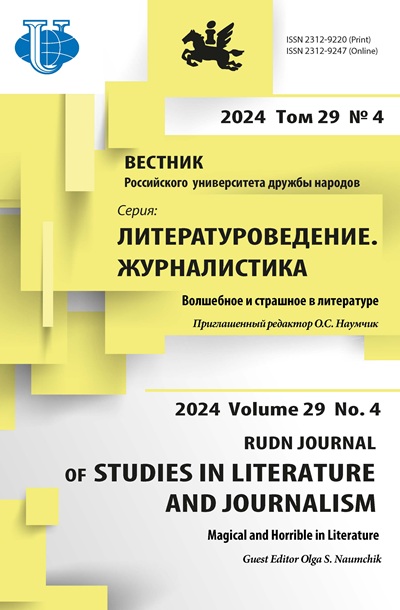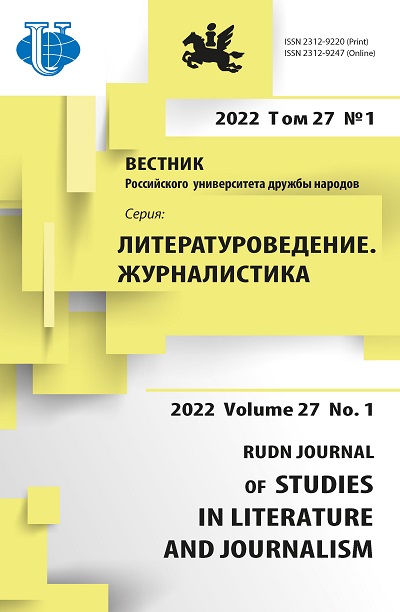Abstract
The relevance of the article is connected with the drastic changes that are taking place now in People’s Republic of China and the ideas about the role of a child in Chinese society. The novelty and scientific value of the proposed research lies in the content analysis of a number of Chinese literary sources, which has not been conducted before. Today, an active polemic has unfolded in the scientific community between those who claim that the Europeanization of Asian culture and its transformation is taking place contrary to ancient philosophical views, and those who defend the position of preserving its national cultural values as opposed to globalization. The authors express their point of view on this problem, based on the Jungian analysis of literary images, and suggest considering several archetypes of the past, which are used by writers in modern Chinese children’s literature. As a result of the study, they conclude that the distinctive feature of archetypal images is Chinese children’s literature is their positive movement from Confucian and neo-Confucian ideas to modern views with an inevitable regression during the Maoist period, however, throughout the history of the existence of children’s literature, the basic archetypes inherent in ancient legends and myths, both European and Asian, are preserved.
















